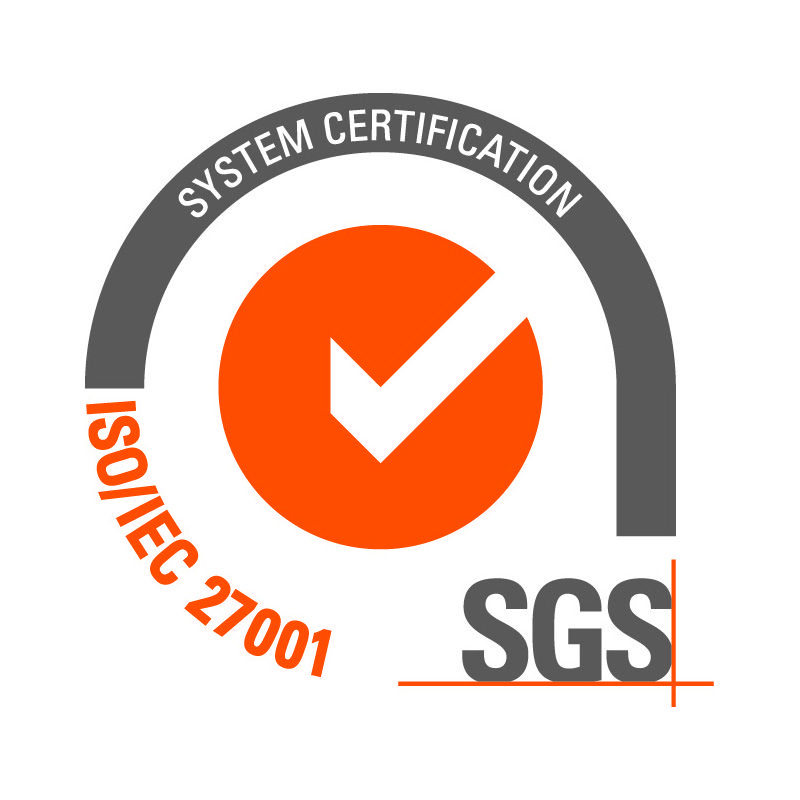
3 ways to improve low-traffic AdWords campaigns
Low-traffic keywords are more common in AdWords campaigns than you might think. Essentially, low traffic keywords result in low search volume which isn’t usually the goal, seeing as search volume is the foundation of most successful campaigns. To run a campaign more effectively, we’re going to highlight three different ways to handle low-traffic situations.
1. Use Broad Match
Using broad match comes in handy when dealing with low search volume. In most cases, your low performing keywords are so specific they’re just not being searched.
By using broad match you are increasing the number of relevant searches and getting your ads in front of other low volume competitors. When searching for these specific low search volume keywords make sure you properly filter them under the “status” attribute to ensure you’ve selected them all.



Additionally, to take this practice to the next step, once the keywords have been running in broad match long enough to collect data, download the Search Term Report located within the keyword tab in AdWords.
This Excel report will allow you to dissect through search terms and help determine if there should be certain words added to the campaigns keywords or possibly even negative keywords that waste valuable money.

 Sample of Search term report
Sample of Search term report
As tedious as this approach might seem, it’s effective in minor ways that can make a huge improvement to your campaign overall. Using Broad match can help you increase your relevance in searches and position you ahead of other low volume keywords.
2. Use RLSAs to access more search volume
Whether or not you’re new to SEM or you consider yourself experienced, you’re probably familiar with the term RLSAs (Remarketing Lists for Search Ads). RLSAs allows you to create customized lists within your paid search campaigns based on what items customers previously viewed and whether users have previously visited your website.
The main objective is to increase the overall search volume. When using this practice its best to set a low bid on keywords and use RLSAs to dramatically increase your bid when a previous visitor to your website search those terms. The main goal behind this practice is to get around your low-traffic keywords by using RLSAs to access larger-search volume keywords without attracting irrelevant clicks.
Apply the list within the AdWords Audience tab, to existing ad groups.

3. Keyword Optimizations are key
By now you probably understand that the real work comes after you’ve set up the campaign. Doing keyword optimizations and follow-ups are the core of a successful campaign. Although, many tasks to manage the campaign may seem extremely tedious they are worth every minute spent on them.
Optimizations play a major role when you have low-traffic AdWords campaigns. It’s not impossible to get clicks and conversions with low- traffic. As mentioned previously, low-search volume keywords are typically specific, which leads to little or no search volume. One approach to fix this issue would be to create custom ads using those specific keywords. This tactic increases the quality score of your keywords with keyword relevancy and essentially, the ad rank resulting in your brand exposed to more consumers.


Custom ad with keyword example
You can find a similar practice and suggestion located within the Opportunity tab. Below is an example of what the message would look like.

Final thoughts
Having Low-traffic campaigns doesn’t mean you’ve hit a dead end. Managing a campaign of this big a scope isn´t the easiest and almost always requires a unique approach to be successful. That’s where these three different practices we just highlighted come into play. When common high-traffic practices just don’t work for your campaigns, a good solution is to step out of the box and try a different approach. Now, let’s go make the most out of traffic, both high and low.





